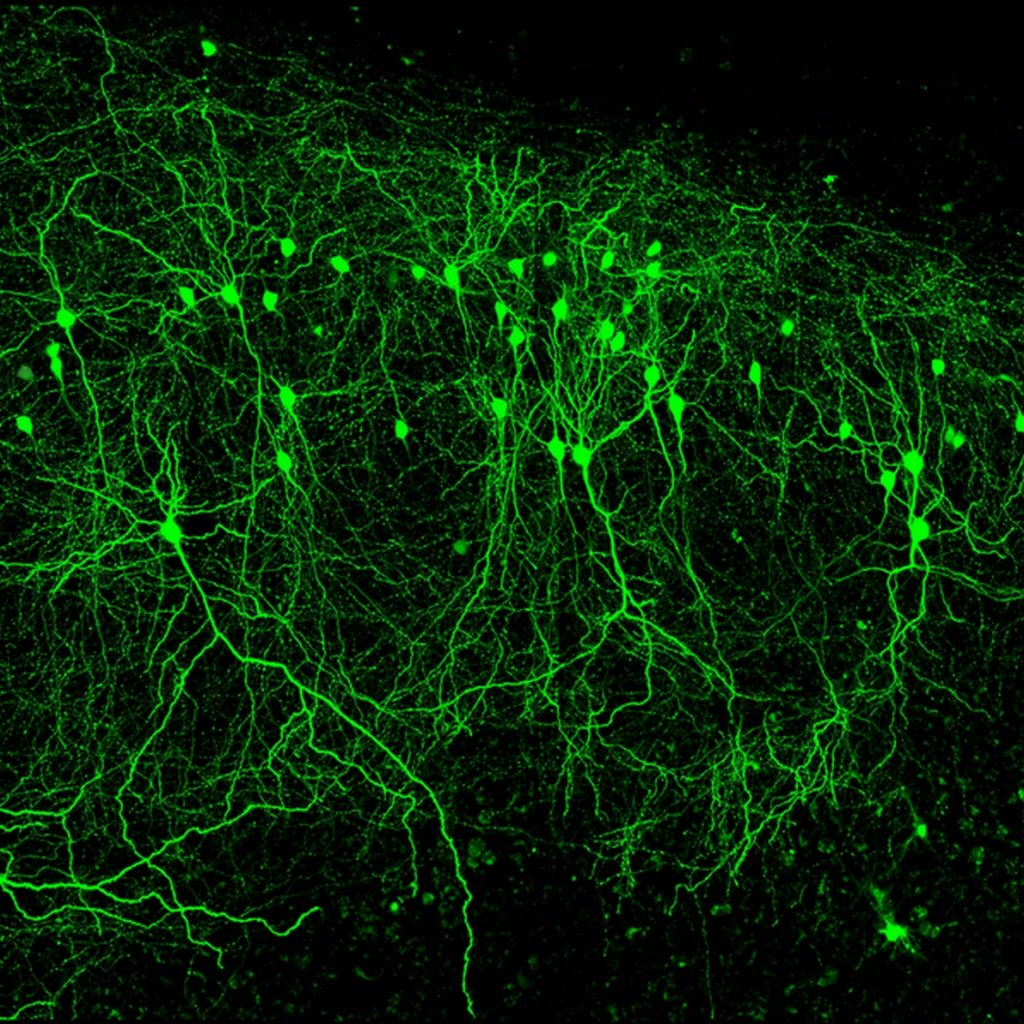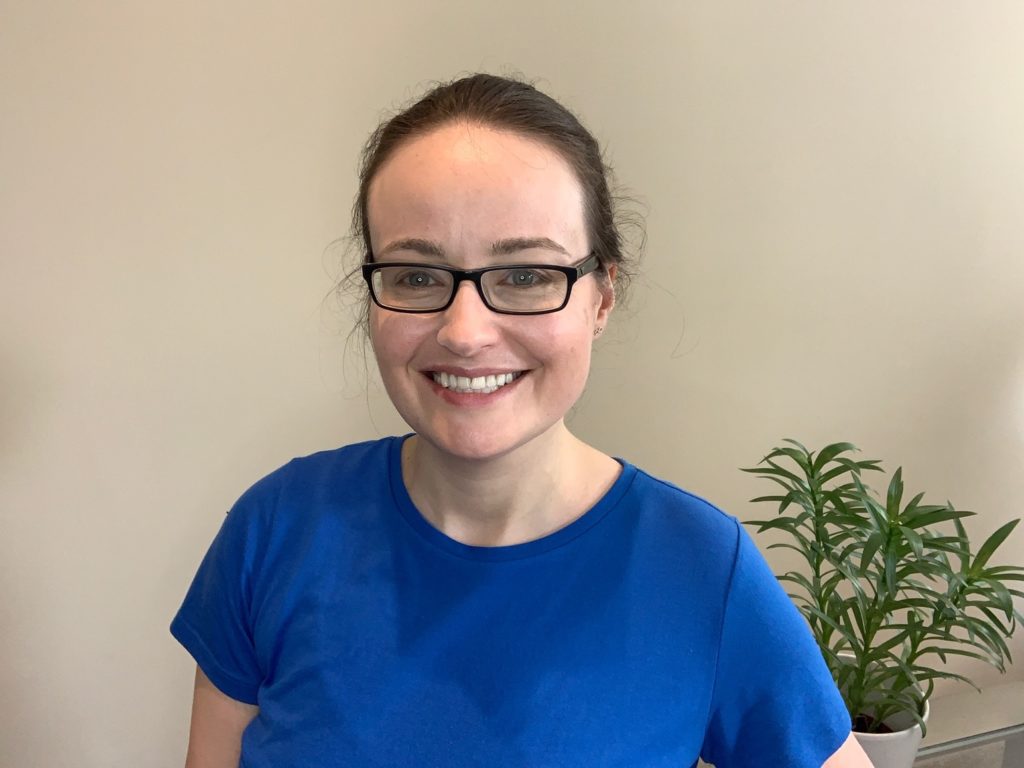
Entering the Matrix
It couldn’t have been better named: Epilepsy in English. Because, let’s face it, that’s what we, the majority of the human population (in English-speaking countries anyway!); need when it comes to epilepsy, epilepsy research and the human brain in general.
We need epilepsy researchers to translate all of the otherwise rarely seen scientific lingo for us – if not, how are the majority of us to understand what’s going on in a lab (and, indeed, outside of it: prep, analysis, etc.!), let alone value the financial investments required. In short, how are we to enter the matrix of the science world?
Excitement seeing the lab
In a call to Epilepsy in English editor Gareth Morris last week, I asked to see his lab – and I was so excited when he said yes and showed me around via webcam! My inner child erupted with excitement seeing some of the “behind the scenes stuff” used by scientists such as Gareth, that long-term, shall change the lives of so many of us for the better. One of the specialist microscopes cost 100,000 Euros. Just one microscope! And we wonder why research costs so much!
Ways of communicating
You know how many children just seem to absorb information like a sponge? Well, lots of us can’t…I’m a bit like an ice cube…the information just tends to… slide off… The epilepsies, mental health comorbidity(s), and anti-seizure medications, so often leave us entrenched with cognitive dysfunction. But no fear: some of the imagery used by Epilepsy in English is extraordinary! The images really harbour my attention, help me to remember what I’ve read, and, well, also make me more inclined to share the posts/information! There’s a reason that today we have #brainart and why I keep asking scientists if I can use their gorgeous neuroimaging! Hint, Gareth. 😀

Epilepsy in English is to play a huge part in helping the rest of us (those outside of academia and clinical care), become more interested in and place a greater value upon epilepsy research. We have researchers and scientists writing for us in layman’s terms without being patronising.
Involvement in research
Now, I was that person who wanted to work as either a commercial pilot, a dentist, or a surgeon. Hmmm. Obviously, after an epilepsy diagnosis, my dreams were wiped from the table. I had no idea what else I could do, or what else I could even like. I wasn’t of intellectual disability, but having seizures, anti-seizure medications, and psychiatric comorbidities combined made my memory awful. My attention span was like that of a fruit fly. I was constantly exhausted. BUT…. a long time after my temporal lobe resection (I saw that skanky temporal sclerosis on the MRI…), and a stint or two in psychiatric hospital (wonderful experiences, I tell you…), I started writing about epilepsy and learning more about epilepsy research. I started working with epilepsy and mental health charities. I reached out to scientists, and thought “Wow. THIS is what I’m to do: be that bridge between clinicians and scientists and be involved in research!”. I founded Epilepsy Sparks and discovered Epilepsy in English. I got chatting to the amazing Gareth and loved how we were singing from the same hymn sheet!
What it takes
Our scientists and researchers are those who have a true passion for their work. The devotion it requires in terms of intellect, effort, time, and financial investment, are rarely seen by those outside of the circle. But I can tell you something; these people are often embracing their inner child! Let me explain:
You know how as children we always asked, “But why?!” – which wasn’t to be annoying – we just wanted to understand?! Epilepsy researchers are still asking (random, layman, off-the-top-of-my-head examples here):
- Why does that gene matter to epilepsy so much?
- How can we replace this dangerous gene??
- What can we do to stop a person’s status-epilepticus?
- What causes post-ictal psychosis?
- What’s causing the ion channel malfunction?
- How can we prevent epileptogenesis?
All of these questions asked, and all of the answers sought, are done for us. I think, personally, that is pretty cool.
You’re welcome
Today I’m lucky to work in a sphere where patients are not looked down upon but valued and respected – meaning I’m able to build that bridge between parties. We have incredible clinicians, scientists and researchers who see working WITH patients as a major part of their careers. They recognise that unless they communicate effectively with us they shan’t be able to know what’s of priority to us. They know that they are experts in the lab (and with stressful, time-consuming paperwork, grant applications, and suchlike…!) but they also understand that they aren’t inside the world of people affected by epilepsy*, hence they truly value our input for motivation, direction, and to open their eyes to different angles/ways of thinking.
Welcome to The Matrix
When Epilepsy in English provides us with updates in epilepsy research, we know that we are now “in the loop” rather than waiting outside a great wall that’ll never be fallen. We aren’t just peering through what appear to be a few tiny cracks in The Matrix, but instead being invited in by Morpheus. If you’ve gotten this far, you’ve chosen the red pill. Welcome!
*This was a generalisation. I actually know two neuroscientists with epilepsy, who are, quite frankly, amazing.
About the author – Torie Robinson

Torie is an international public speaker regarding epilepsy and mental health, blogger, consultant, and CEO of Epilepsy Sparks. After her own temporal lobe resection and stints in psychiatric hospital, Torie switched gear, moving from corporate finance to her passions: neuroscience, epileptology, and research & development. Her purpose is to bridge the unnecessary gap between clinicians, scientists, researchers, and patients, and enable other humans to see why epilepsy research is so exciting! Epilepsy Sparks speaks to people from around the world, empowering them through education regarding epilepsy, epilepsy research, and positivity. In her free time, Torie likes to travel, play the piano (working on Bohemian Rhapsody right now!), go for long walks, do gardening (with over 100 indoor plants…), and where possible, laugh.

This was a good read Torie. I truly hope all the doctors take on board everything you’ve put down on paper. Well done.
Thank you, Joanne! I must say that today, incredible scientists like Gareth Morris are paving the way for:
– Equality and respect when it comes to relationships between those in science and medicine, and those who need care and treatment(s), plus;
– Research that focuses on what is really needed in society!
Excellent work Torie:).xx
Thank you Janet! Communicating with each other; scientists, clinicians and people with epilepsy can achieve so much more.